This article was co-authored by Anthony Stark, EMR. Anthony Stark is a certified EMR (Emergency Medical Responder) in British Columbia, Canada. With over 11 years of experience, he has worked as an industrial medic and provided urban and rural paramedic services. He currently works for Mountain View Safety Services and previously worked for the British Columbia Ambulance Service. Anthony has a Bachelor of Engineering in Electrical, Electronics, and Communications Engineering from the Georgia Institute of Technology. He has completed the EMP Canada EMT Course and Swiftwater Awareness Training associated with the British Columbia Ambulance Service.
There are 8 references cited in this article, which can be found at the bottom of the page.
This article has been viewed 153,119 times.
A fractured bone in the hand can be extremely painful, and the slightest movement can exacerbate the pain and possibly cause further injury. A splint serves to provide support to your injury, including the bones, tendons, tissues, and other ligaments. Splint a fractured hand as soon as possible after the injury, as this will help to keep broken bones immobilized and as straight as possible for healing. Splints can also help reduce pain by maintaining stability and reducing swelling. You can even make temporary hand splints out of everyday objects once you understand their purpose and application. However, a hand fracture in a makeshift splint should always be checked out by a medical professional as soon as possible to avoid additional damage.[1]
Steps
Preparing to Make a Splint
-
1Know the terms for applying splints properly. When describing the application of a splint or cast, it is necessary to understand the basic terms regarding the proper orientation and position to splint your injury. Two terms are particularly important:[2]
- Flexion — A bending movement that decreases the angle between a segment and its proximal segment. For the purposes of making a splint for the hand, think about this as the movement applied to clenching a fist. Making a fist uses flexion of the muscles in your fingers.
- Extension — A straightening movement that increases the angle between body parts. You can think of this as the opposite of flexion, or making a fist with your hand. Extension will be moving your joints away from each other, or opening your from a closed fist.
-
2Think about how to immobilize the joints near the injury site. Splints should be applied with the idea of splinting the joint above and all the joints below the injury site, to keep free movement of the injury to a minimum and restrict movement of the surrounding tissues.[3]Advertisement
-
3Note that there are different splinting techniques. The type of splint depends on the injury. What follows in the next two methods are general guidelines. However, there are specific injuries that require slightly different splinting techniques, including:
- Extensor tendon injuries — For this type of injury, the purpose of the splint will be to prevent any flexing of the hand and fingers. Place the split along the palm-side of the hand (volar side). The wrist should only have about 20 degrees of extension and the Metacarpophalangeal (MCP) about 10-15 degrees flexion (not straight).
- Thumb injuries — For injuries solely to the thumb, a thumb spica splint can be used and will allow the uninjured fingers to function normally. The interphalangeal joint of the thumb should be splinted in a straight position. The thumb spica splint will immobilize the wrist and thumb, adhering to the policy of splinting above and below the injured joint.
- Single finger injury — For injuries only to one finger, you can purchase aluminum splints with foam padding, which can be shaped to the right position. Alternatively, you can also use a tongue depressor cut to the appropriate size as a splint.
- Little finger (or "pinky") injuries — When the only injury occurs to the smallest finger of your hand, an ulnar gutter splint can be used and will allow range of motion to the other uninjured fingers, possibly allowing for continued day-to-day use of the hand. The splint will be applied to the outer edge of the little finger running alongside the ulnar bone (the opposite side of the thumb). Often the little finger will be attached to the ring finger in the splint to provide greater support and the wrist is immobilized (since the splint extends down the wrist).
-
4Find a splint. It should be a hard, straight object that is at least as long as the distance from the middle of the forearm to the tips of the fingers. Ideally, use an object that will form to the shape of the arm, wrist and hand. Rolled up newspaper provides adequate support to make an impromptu hand splint.
- Many first-aid kits have splinting material that is firm enough to hold a fractured hand in place, but with a handle that the injured person can grasp with their fingers.
Making a Splint
-
1Prepare the hand for splinting. Put small pieces of cotton or gauze between each finger at the base of the hand to help absorb sweat.
-
2Make or cut the splint as needed. Measure out a length for the splint that can adequately immobilize the hand and fingers. The length of the splint should be approximately the length from the middle of your forearm to the fingertips.[4] Curve the splint so that it follows the curve of the injured limb and provides a cupping support to the wrist/arm/elbow.
- Pad the splint and your hand with cotton padding.
-
3Position and contour the splint. Splints are meant to allow an injury to safely recover while positioned in a safe and natural resting position. The splint should be applied with the hand and wrist in a neutral position. A neutral position is generally the relaxed and natural position of the resting hand where your fingers are naturally slightly curled without any active flexing or use of the muscles.[5]
- Take a rolled up crepe bandage segment, rolled gauze or a small cloth and set it between the resting fingers and the bottom of the splint to support the fingers in the resting position
- In general, the wrist is usually at a position of 20 degrees extension, and the metacarpophalangeal (MCP) joints are positioned in 70 degrees of flexion. The MCP joints are the joints at the base of your fingers that attach to your palm. The interphalangeal joints are the joints between your fingertips and the MCP joints and should be roughly straight.
- For finger injuries, be sure to allow the fingers to flex naturally. There should not be anything rigid that keeps the fingers from passively flexing or bending at rest.
-
4Wrap the fractured area. Use gauze, a clean cloth or belt. Wind it securely around the splint and wrist area to keep the splint in place. Secure the splint without wrapping too tightly.[6]
- Work from above the injury site to the injury site. If possible, wrap up to the injury, then put a different colored bandage over the injury. This allows the doctor to remove only the bandage over the injury to assess it, leaving the splint in place for support.
- A splint is not a cast, and should allow for more mobility. If the splint is wrapped too tightly, there will be no flexing (bending of your hand and fingers downward towards the natural resting position) and too much constant pressure may be applied to the injury.
- Ensure that the splint is only wrapped tightly enough to make the splint secure in its position. Check the fingertips for circulation by gently squeezing over the fingernail. If the color returns to the fingernail in good time, circulation is good. Otherwise, rewrap the bandage and retest the capillary refill in this manner.
-
5Do not remove the splint. Only remove it at your doctor's recommendation and under his supervision.[7]
Making a Cast Splint
-
1Place a splint under the injured hand. Make sure the injured hand rests comfortably and straight with fingers bent slightly around the end of the splint, as detailed above.
- Place cotton pieces or gauze between each finger.
-
2Wrap the splint. Use four layers of cotton gauze or padding, starting around the hand and winding up the arm at least half-way to the elbow. Padding is important because it helps protect the hand and forearm from the heat of the plaster and keeps the cast splint from rubbing uncomfortably against the skin.
- As described in the previous section, do not wrap the splint to tightly against the injury. The splint should be held in place just enough to be secure and to provide adequate support.[8] Check the capillary refill of the fingers before you commit to the plaster of Paris.
-
3Cover the splint with plaster of Paris strips. Use roughly 12 layers of plaster of Paris that are the right width for the extremity. Cut the strips if necessary. Dip them in warm water and squeeze out the excess water. The plaster must be damp but not sopping wet. Wrap the strips around the gauze padding until the entire padded area is covered.[9]
- Make sure the water is only lukewarm. Plaster of Paris will warm up as it sets, and you'll risk burning the patient's skin if the strips are dipped in hot water to start.
- You can also use fiberglass for the outer layer, which dries more quickly than plaster but is more expensive. Fiberglass is applied in the same way as the plaster of Paris strips. However, only a doctor should apply fiberglass to a cast, as a doctor should assess the injury and make sure it is set properly.
-
4Immobilize the splint. Maintain the desired position of the splint and hand for several minutes to allow the cast splint to harden and adequately dry.
- Plaster can take more than a half hour to set, whereas fiberglass dries in 15 to 30 minutes.
Undertaking Additional Treatments
-
1Apply ice to the injury. Wrap ice in a towel or cold compress cloth and place it on the top of the hand. Use a loosely wrapped bandage or cloth to hold the ice in place to prevent the fractured hand from swelling. Never apply ice directly to the skin, as it can cause frostbite.[10]
- Apply an ice pack or cold compress for 10 to 20 minutes at a time. Just make sure the ice doesn't get the splint or cast wet.
- Applying ice to the injury will help decrease swelling of the hand and can improve healing time.
-
2Elevate the hand. Keeping the injured hand elevated above the level of your heart can help to reduce swelling and increase drainage of fluid in your hand. Elevation of the hand is the most effective way to promote healing, and keeping your hand elevated during the first week of your injury is extremely important.
- If you develop numbness or pressure in the cast, go to the doctor and have it checked for compartment syndrome.
- When walking, it is important to keep the hand elevated and not naturally dangling along the side of the body, as is normally done.
- Arm slings may be prescribed by your doctor, but they usually keep your hand below the level of your heart, and they can increase the likelihood of shoulder stiffness. An arm sling can also cause additional problems and is not a necessity when caring for a fracture.
- Use an elevation sling for support rather than the traditional sling. This keeps the wrist and hand above the level of the heart and close to the body for protection
-
3Take pain medication. If you are feeling considerable pain, you can take ibuprofen (Advil, Motrin), naproxen (Aleve, Naprosyn), aspirin or acetaminophen (Tylenol).[11]
- All of these are available over-the-counter. Be sure to follow the dosage recommendations on the bottle.
-
4Consult your physician. After the first week, your doctor will be able to assess and better guide the ongoing treatment. You should also call your doctor immediately if you experience any of the following:[12]
- Increased pain
- Numbness, tingling, burning or stinging in the injured area
- Pressure against the inside of the cast that turns to throbbing, tingling or pain
- Circulation problems (look for discolored, pale, blue, gray or cold fingers and nails)
- Bleeding, pus, or bad odors coming from the splint or cast
Warnings
- Avoid smoking during the healing process. Smoking is known to reduce the circulation of blood in your extremities, and this can lead to delayed recovery and poor functioning after recovery.⧼thumbs_response⧽
References
- ↑ http://www.aafp.org/afp/2009/0101/p23.html
- ↑ Simpson, John A.; Weiner, Edmung (1989). The Oxford English Dictionary. Oxford: Clarendon Press.ISBN 9780198611868.
- ↑ https://www.coloradowm.org/blog/splinting-review/
- ↑ http://www.med.uottawa.ca/procedures/cast/
- ↑ http://www.med.uottawa.ca/procedures/cast/
- ↑ https://orthoinfo.aaos.org/en/recovery/care-of-casts-and-splints/
- ↑ https://my.clevelandclinic.org/health/drugs/15211-casts--splints
- ↑ https://orthoinfo.aaos.org/en/recovery/care-of-casts-and-splints/
- ↑ https://www.emra.org/globalassets/emra/publications/reference-cards/emra_sportsmedicine_splint_guide.pdf
- ↑ http://www.nlm.nih.gov/medlineplus/ency/patientinstructions/000552.htm
- ↑ http://www.nlm.nih.gov/medlineplus/ency/patientinstructions/000552.htm
- ↑ http://www.aafp.org/afp/2009/0101/p23.html
- ↑ http://www.nlm.nih.gov/medlineplus/ency/patientinstructions/000552.htm
- ↑ https://my.clevelandclinic.org/health/drugs/15211-casts--splints


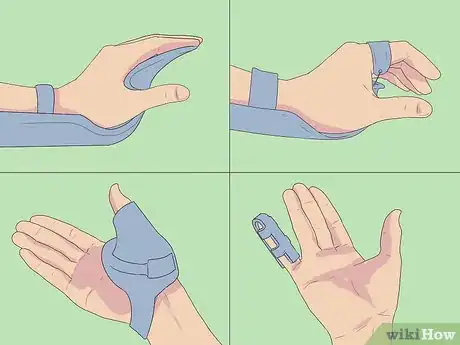

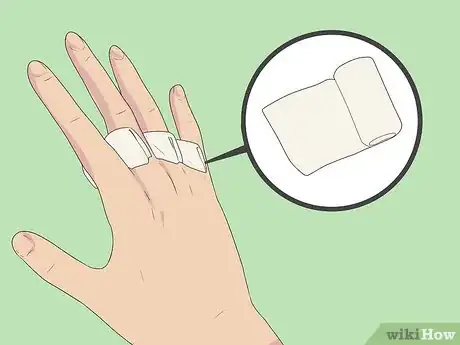

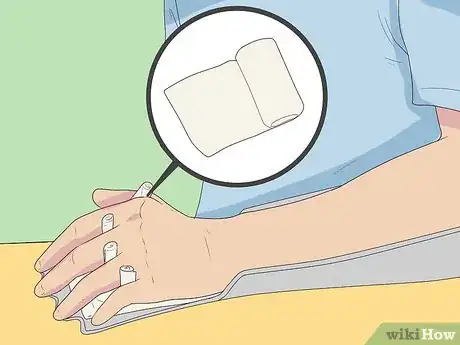
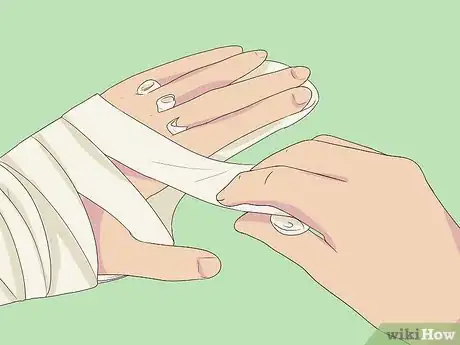
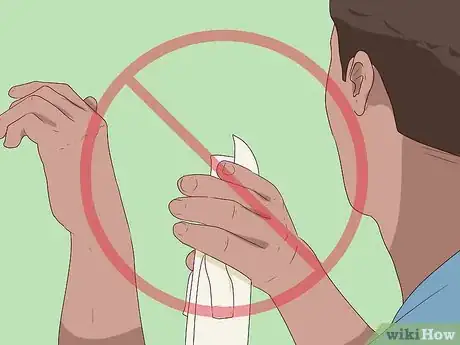

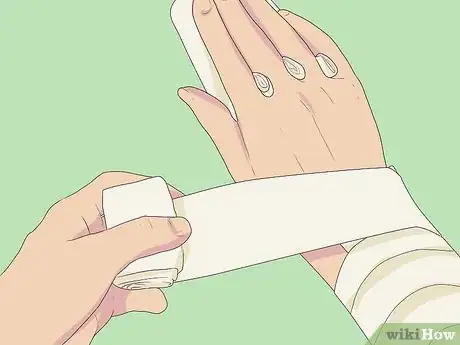
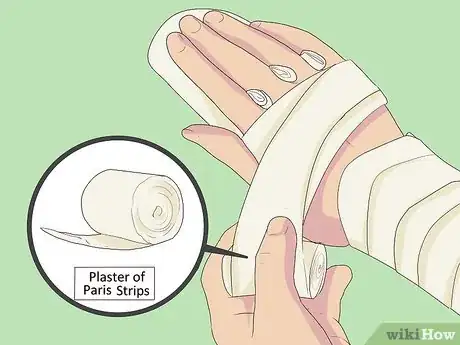




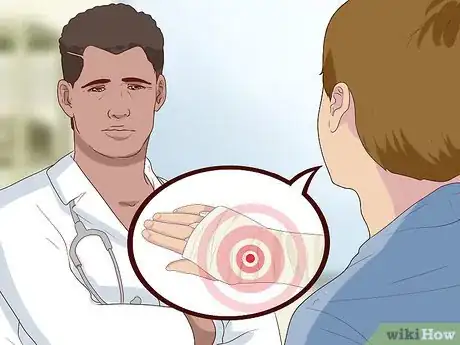

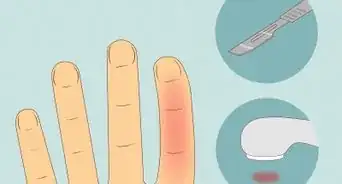
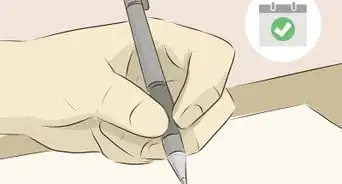
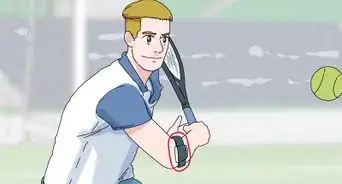
-Step-15-Version-3.webp)



















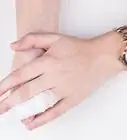

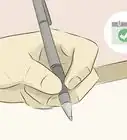
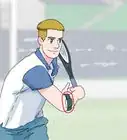



































Medical Disclaimer
The content of this article is not intended to be a substitute for professional medical advice, examination, diagnosis, or treatment. You should always contact your doctor or other qualified healthcare professional before starting, changing, or stopping any kind of health treatment.
Read More...